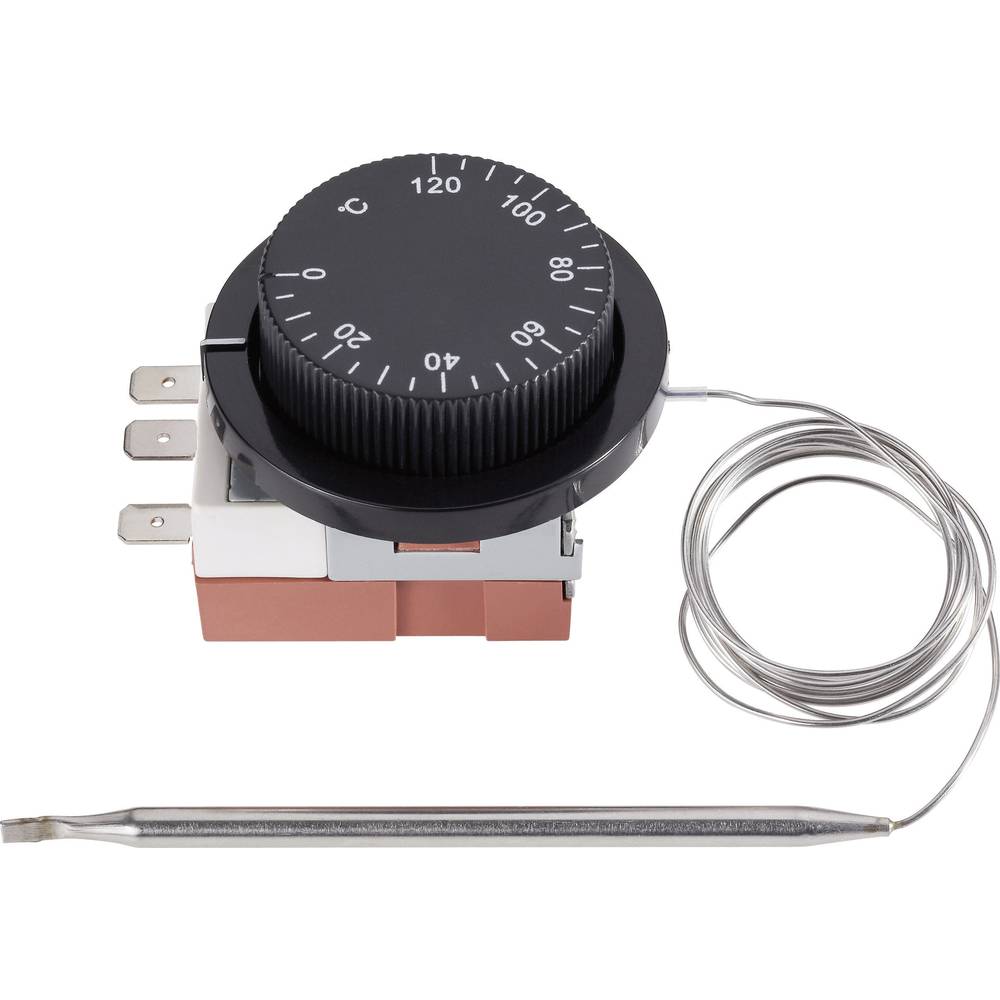Ever since I bought the P38 the car was producing a lot of grey /black smoke at he exhaust, it was slightly better when hot but there was always a distinct diesel smell . When driving,especially with a cold engine it would make a cloud of smoke the first kilometers.
Even with the new engine installed it did the same thing. I was a bit baffled by that. New engine and still smoking?!
The injectors were tested and all received new nozzles and were pressure tested. Timing modulation was adjusted multiple times using different methods to no avail.
I have read a lot on different forums. I didn't find the exact answer to my questions, but I did find some useful information to get started.
I especially want to thank the folks at landyzone for their help and insights, special thanks to Datatek.
The general consensus is that the timing modulation should be good first. You can change this by turning the pump towards or away from the engine. The last movement should always be towards the engine to take out the slack from the timing chain.
The value to aim for: timing modulation is 50% +-5%. (on the nanocom)
Method 1:
To achieve this you'll have to set the static timing using a dial gauge as described in the rave manual. I did this when the engine was out off the car for rebuilding, and on the nanocom I then had a value of 70% for modulation. Not really in spec.
Method 2:
This is a method without using a dial indicator, and much more accurate. If you want to know more about it, send me an email.
The conditions for setting the modulation is that you do this with a warmed-up engine at 95 degrees Celsius and at idle, timing modulation should than be at 50% +- 5%.
If you can't get it within spec, that means the timing chains have stretched to much.
In my case the exhaust smoke lessened a bit but it was definitely not resolved after doing the timing modulation.
Actually I feared something went wrong with the engine built. So I decided to measure the engine compression.
Compression values (dry):
- Cylinder1 27bar
- Cylinder2 24 bar
- Cylinder3 27bar
- Cylinder4 27bar
- Cylinder5 27bar
- Cylinder6 27bar
Looking at the values for compression you can see a difference for cylinder2. This one I had to measure in a different way because the fip sits in front of the glow plug hole so I used the injector opening instead, hence the difference. I think the results are acceptable so I didn't take it any further.
Note: I performed all the Fip adjustments with the oem EDC chip for modulation and also the fuel quantity servo. just to have a baseline with oem components.
The quantity servo:
The quantity servo, this is the top part of the fip, I was advised not to touch it. However the symptoms for me looked like overfueling.
Most values I found on forums were around 7/8mg/stroke. My pump was even running a bit richer.
At one point on another forum I found somebody that suggested it should be around 4 to 6 mg/stroke with lower values being leaner. So I gave it a try I have nothing to lose right?
To adjust this you have to move the top cover of the pump towards the bulkhead or in the opposite direction to increase or decrease the quantity.
This requires a special socket for one bolt. I bought a BGS kit for Bosh VE pumps on amazon.
It should be noted that this requires you to have a diagnostic tool like a nanocom to be able to verify your settings. This should be done in the following manner:
- make adjustments at idle
- warmed up engine 95 C
- no loads e.g. ac compressor, EAS compressor or ventilation fans not working etc
You should aim for values between 4-6mg/stroke making sure your engine is running smooth and not sputtering because of diesel starvation.
Re-tighten the bolts when you are happy with your results. You will notice the value will have changed after tightening make sure it is still within range.
The amount mg/stroke will electronically adjust itself when loads are applied.
I ended up with 4.5mg/stroke no loads applied and that made a tremendous difference for the exhaust fumes.
I should also note that the EDC ecu is going to adjust the mixture for cold starts, so it is normal to find higher values when starting from cold.
It is the same for the timing modulation, it will be different with a cold engine hence you have to set it @95 degrees celsius.
So in conclusion my current fip values are:
Pump calibration value is at 128 for idle at 750 RPM
Fuel quantity servo mg/ stroke 4-6mg
Timing modulation 55% at idle and 95 celsius engine temperature.
Injection setpoint is @1.80
Actual setpoint should be within 0.5 of the injection setpoint (derived from injector 4)
I'm thinking because of the fact that the injectors have been renewed the initial quantity setting didn't work anymore. Or he pump wasn't setup right from the getgo.
After setting up the pump I've installed the END tuning chip. The car will still exhaust black smoke if you put your foot down to the floor but it stopped doing that at moderate throttle.
To compensate for the extra fuel from the tuning chip I will install a bigger intercooler soon😏 to add cooler air to the equation. I already installed an IGT air filter element to aid with that.
With the engine setup like this the car feels plenty powerfull, I hope to find more gains still with the addition of the bigger intercooler.
Conservative power numbers according to END tuning shoud be around 170hp and 375NM of torque. I'm betting with the intercooler it will even be better up to 25hp!💪
















